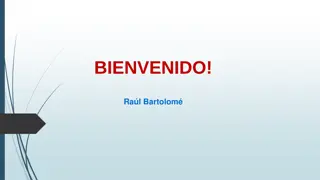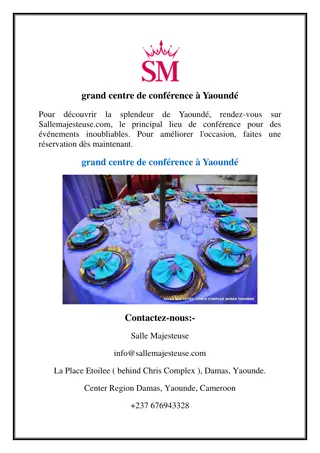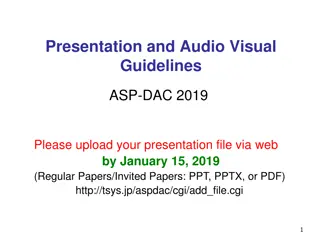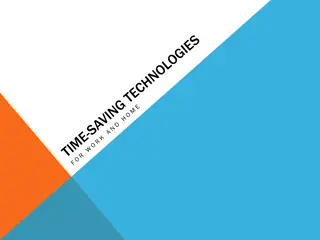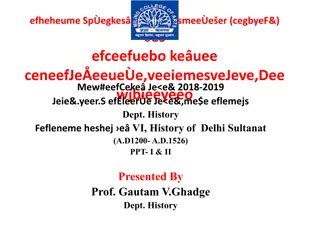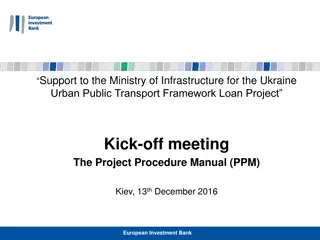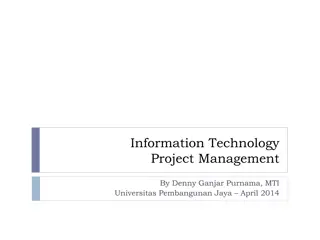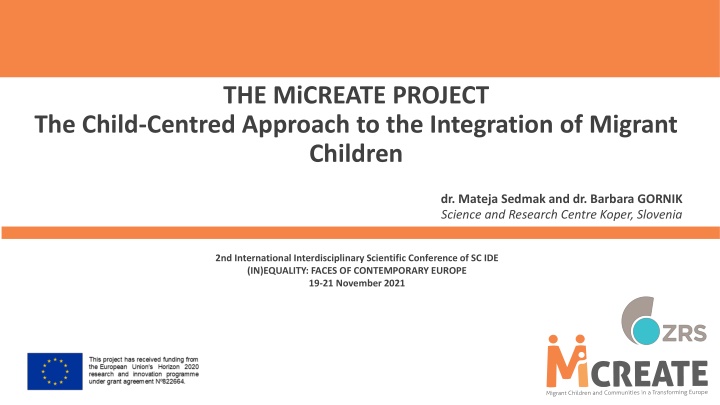
Child-Centred Approach to Migrant Integration in Europe
Explore the MiCREATE project's focus on integrating migrant children in Europe with a child-centred approach. Learn about the research, challenges, and strategies to enhance social integration for diverse migrant communities.
Download Presentation

Please find below an Image/Link to download the presentation.
The content on the website is provided AS IS for your information and personal use only. It may not be sold, licensed, or shared on other websites without obtaining consent from the author. If you encounter any issues during the download, it is possible that the publisher has removed the file from their server.
You are allowed to download the files provided on this website for personal or commercial use, subject to the condition that they are used lawfully. All files are the property of their respective owners.
The content on the website is provided AS IS for your information and personal use only. It may not be sold, licensed, or shared on other websites without obtaining consent from the author.
E N D
Presentation Transcript
THE MiCREATE PROJECT The Child-Centred Approach to the Integration of Migrant Children dr. Mateja Sedmak and dr. Barbara GORNIK Science and Research Centre Koper, Slovenia 2nd International Interdisciplinary Scientific Conference of SC IDE (IN)EQUALITY: FACES OF CONTEMPORARY EUROPE 19-21 November 2021
Migrant Children and Communities in a Transforming Europe (MiCREATE) Horizon 2020 Research and Innovation Action (2019-2022) Topic: Mapping and overcoming integration challenges for migrant children 15 partners and more than 80 researchers all around Europe Research in schools: Slovenia, Denmark, Spain, the United Kingdom, Austria and Poland Research asylum homes and camps: France, Italy, Greece, Austria, Slovenia, Turkey, Poland. Newly arrived migrants, long-term residents and local children Educational staff and policymakers
MiCREATE presentation the concept of the MiCREATE project the methodology used in MiCREATE fieldwork Conclusions: what MiCREATE project brings to migrant integration
Theoretical Framework of Migrant Integration by characteristics of their country of origin, ( the origin effect ), which differ in terms of cultural values, political systems, religious traditions, education etc. by the characteristics of the receiving countries ( destination country effect ), which differ in their migration policies as well and in the level of migrant acceptance. by the characteristics of migrant groups ( community effect ), which differ in terms of size, cultural values and proximity, out-group relations etc.
MiCREATE background context Recognition of complexity of the migrant movements and diversity of migrants needs Recognition that migrant children are often perceived as passive subjects who need help, support and guidance. Recognition that migrant children are not included in the processes of migrant integration policymaking as political subjects Recognition of the need to rethink integration policies
MiCREATE main objective(s) to stimulate social integration of diverse groups of migrant children in European countries by adopting a child-centred approach to migrant integration at the educational and policy level. MiCREATE goes beyond the classical research question what integration is and what it depends on It examines the processes of integration, which are dynamics of interpersonal relations and institutional policies. To identify the needs and well-being of migrant children as they themselves see and perceive them to translate the findings into policies for education professionals, practitioners and policy makers
What is child-centred approach? Sees children as current citizens, competent and active agents in shaping their lives Views children as social group with specific characteristics, needs and interest through the lens of their current 'being' rather than their "becoming" Respects children s right to express views (as social class) and encourages children to develop together and individually their own solutions to problems given Encourages children participation and agency in various activities
MiCRAETE and child-centred approach Child-centred approach in research Child-centred approach to migrant integration policy Child-centered approach to education
Child-centred approach in research participatory approach that recognizes children as active participants able to communicate information about their own lives and thus provide a valid source of data. shifting the focus from the dominant adult-centric perspective on child experiences of integration to putting the children first how well-being is defined by children, what is important to them in the present, how they experience peer relations, how they participate in local community, what makes them feel happy and secure
Child-centred approach to migrant integration policy Encourages children agency - to develop together and individually their own solutions to problems given Is concerned with migrant childrne s well-being (rather than becoming) Focuses on development of migrants' life skills, capacities and agency Biggest challenges is how to translate subjective children s views and their understanding of well-being into policies that tend to deal with objective measures and indicators of integration
Child-centered approach to education Emphasis on discovering migrants abilities, passions and skills through questioning, problem solving, independent thinking, innovation and creativity. introducing multicultural education and diversity management solving inter-ethnic conflicts in the school environment art-based practices and measures for promoting inclusion indicators of migrants conceptualization of well-being and organizing everyday school life for diversity management.
Implementation of child-centred approach In applying MiCREATE fieldwork we choose to apply diverse methodological approaches that are in line with CCA Child-centred Methodology Child Advisory board (evaluation of research steps, measure instruments, methodology, tools for teachers, policy briefs etc.) Child-centred policy recommendations Child-centred tools for teachers
Child-centred Methodology 1. Participant observation 2. Art-based approach 3. Narrative interviews
Participant observation Aims: to take part in the daily activities, interactions and events of children, to learn about their life routines and their culture (Pellegrini, Hoch and Symons 2013; DeWalt and DeWalt 2011). understanding everyday dynamics and process of integration, cildren s abilities, needs and interests, peer dynamics and relationships between students and teachers, knowledge of day-to-day activities, school organization, etc, an insight into the (non)existence of child-centred approaches to experience class and school dynamics, and peer interactions in a natural setting. a combination of passive observation (a fly on the wall technique) and moderate observation (with moderate participation). Passive observation (observing a lesson from the back of a classroom, a school assembly from the back of the hall, a staff meeting or a playground from the side ).
Participant observation Moderate participation: development of relationship with the children, helping students with school subjects, talked with them in the hallways and schoolyards, went with them on school trips, etc. The period of observation phase was crucial: a) as a method to collect information/data b) as a preparatory phase for subsequent methods. Becoming familiar with the children had central implications for the quality and validity of data collected via interviews and focus groups (children were more relax, willing to participate and honest in unswerving; avoiding expected and desirable responses). Because of the age and power differences: cannot avoid the authority dimensions; However, we adopt a least adult role (Mayeza 2017) and less paternalistic and more democratic approach.
Art-based approach Why ABA?: art-based approaches as gateway to entering children s worlds (Driessnack 2005) art-based activities helped to stimulate the discussion with the children in both the focus groups and individual interviews. Methods such as storytelling, crafts and play have resonance with children s lives and day-to-day activities (Curtis-Tyler 2011) Art-base approaches are child-centred because they accommodate children s skills, capacities, experiences and interests. ABA: expand the modes of expression available to the migrant children: not only words, but a number of different forms of expression (individualized approach).
Art-based approach ABA can be used as a tool for stimulating children s participation and agency in the research process, as well as a medium to overcome language challenges or other personal or structural restrictions). Art-based approach stimulates a more child-driven report instead of one that is adult-driven (Driessnack 2005: 421), Art-based methods/tools should not be seen as empowering by themselves (depending on the purpose and objective) Examples of ABA: Making rap music, Photo elicitation, Photo-diary/photovoice, Short films, Draw and write method, Mapping, Vignettes etc. vignettes.
Narrative interviews The collection of autobiographical life stories is in line with a child-centred approach: expose self-interpretation and self-perception; place children and their narrative in a position superior to previously outlined hypotheses and research guidelines. Life stories brings to the fore: children s subjectivity and individuality as crucial sources of information, it focus on children s experiences and life history, subjectivity, self-perception, flexibility of identity. Autobiographies: instrument for exploring the meanings that surround everyday experiences and interpretations of ourselves. The flexibility of the autobiographical method: expected and the unexpected (Thompson 1981)., AB: particularly suited to capture experiences of the deprivileged and silent (Stanley 199).
Narrative interviews The narration of location (Anthias, 2002) is suitable for researching (cultural) identity and belonging (identity as a process). The process of integration is a process of transforming the individual s cultural, ethnic, linguistic, etc. identities; therefore, it also addresses questions of belonging and self- identification. Through the analysis of identity changes, we were able to observe the process of integration into a new cultural environment. Power - adult and as the researcher - is left to the child: child is leading the conversation. Children are encouraged to determine the rhythm, scope and content of the autobiography as much as possible.
CONCLUSIONS A rise in recognition of the importance and a need to involve children and take them into account in all actions, circumstances and relations that consider them. The child-centred approach is still more present in theory than in practice. Child-centred approach present: in educational science and practice, to a lesser extent in other scientific research, almost non-existent at political and policy levels. If CCA can be observed in relation to our children, is usually missing in a case of migrant children. Policy area is the most problematic. Policymaking procedures in the field of migrant integration do not include consultation with children, and migrant children are not given significant democratic rights to influence integration policy and shape laws.
CONCLUSIONS The relevance of CCA in researching integration of migrant children. because it advances children s views, arguments and experiences that are often absent or underrepresented in the development of integration policies. brings new knowledge about how children experience integration & examine integration as defined by children (what is important to them in terms of their present well-being, how they think about their past and the future, what makes them feel happy and secure).
CONCLUSIONS Integration of migrant children can not be achieved by a simple legal rule. Integration policy should respond directly to the actual needs of the children; If we want to achieve successful integration in a host society: we should give children a voice/hear them, consider children perspectives, policy should be grounded in evidence.



